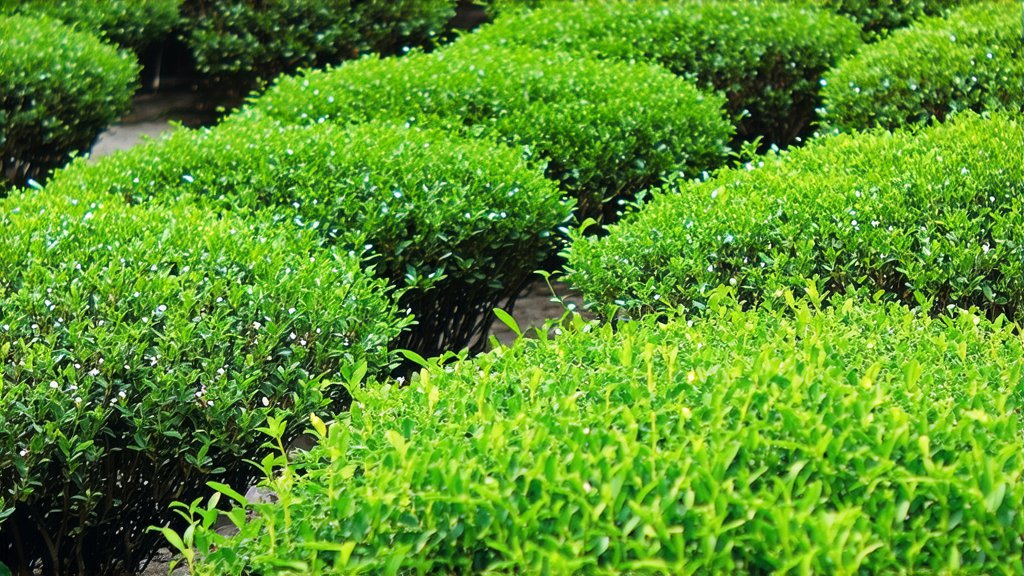
In the vast and diverse landscape of Chinese tea culture, one particular variety stands out for its elegance, subtlety, and ethereal beauty – the Fujian Silver Needle Tea, also known as Bai Hao Yin Zhen (白毫银针). This exquisite type of white tea hails from the Fujian province, nestled in the heartland of China's tea-producing regions, and has captivated tea connoisseurs around the globe with its delicate flavors and numerous health benefits.
Historical Roots
The history of Bai Hao Yin Zhen traces back to the early Tang Dynasty (618-907 AD), making it one of the oldest styles of tea production known to humanity. It is said that the tea was first created by a local tea farmer who discovered that the tender buds and leaves of the tea plant could be dried naturally to produce a unique, light-colored brew. Over centuries, this method evolved, and by the Song Dynasty (960-1279 AD), Bai Hao Yin Zhen had become a highly prized commodity among the imperial court and elite circles. Its name, which translates to "Silver Needle," aptly describes the appearance of the tea, characterized by its slender, needle-like shape and the fine, silvery-white fuzz covering each bud.
Varieties and Grading
Fujian Silver Needle comes primarily from two main varieties of the Camellia sinensis plant: Da Bai (big white) and Xiao Bai (small white). Da Bai, grown at higher elevations, yields larger leaves and buds, resulting in a more robust flavor profile. Xiao Bai, on the other hand, is cultivated at lower altitudes and produces smaller, finer leaves and buds, contributing to a lighter, more delicate taste. The grading of Bai Hao Yin Zhen is based on the proportion of buds to leaves; the highest grade consists solely of plump, unopened buds, while lower grades may include more leaves or partially open buds.
Artistry in Craftsmanship
The art of making Bai Hao Yin Zhen is a testament to the skill and patience of the tea masters. The process begins in early spring when only the topmost shoots and buds are hand-picked, often with remarkable precision to ensure only the finest quality material is harvested. These delicate pickings are then carefully spread out on bamboo mats and left to wither under the sun or in shaded, well-ventilated areas. This withering process allows the moisture content within the leaves to decrease gradually, softening them and initiating enzymatic reactions that contribute to the tea's distinctive flavor and aroma.
Following withering, the tea undergoes a gentle oxidation phase where minimal oxygen interacts with the tea leaves, preserving their natural greenish hue and preventing excessive browning. After this stage, the tea is either air-dried or lightly baked to remove any remaining moisture, ensuring stability for storage and transportation. The final product is a collection of pristine, silver needles that exude a subtle fragrance reminiscent of fresh hay and melon.
The Art of Appreciation
To truly appreciate Bai Hao Yin Zhen, one must engage in a traditional tea ceremony that honors its purity and refinement. Begin by selecting a clear glass teapot or a Gaiwan (a traditional Chinese teacup with a lid) to allow for visual admiration of the tea as it steeps. Use water heated to approximately 80°C (176°F) to avoid scalding the delicate leaves. Place about 3-5 grams of tea per 150ml of water and let it infuse for 2-3 minutes. As the tea unfurls gracefully in the water, observe its transformation from tight buds to a dance of slender needles. The first infusion will yield a light, almost translucent liquor with hints of floral sweetness and a whisper of fruitiness. Subsequent infusions can extend up to 5 times, each revealing deeper layers of flavor and complexity.
When savoring Bai Hao Yin Zhen, it is customary to take small sips, allowing the tea to coat the palate fully before swallowing. Pay attention to the subtle nuances in flavor—from the initial sweetness to the lingering aftertaste that carries notes of ginger and a touch of mineral freshness. The experience is not merely about consuming a beverage but embarking on a sensory journey that connects drinkers to centuries-old traditions and the natural world.
Health Benefits
Beyond its aesthetic pleasures and cultural significance, Bai Hao Yin Zhen boasts an array of health benefits that make it a sought-after choice for wellness enthusiasts. Rich in antioxidants such as catechins and polyphenols, this tea helps combat free radicals in the body, potentially reducing the risk of chronic diseases like cancer and heart disease. Its high levels of flavonoids have been linked to improved cardiovascular health and enhanced blood circulation. Additionally, Bai Hao Yin Zhen contains amino acids like L-theanine, which promote relaxation without drowsiness, making it an ideal choice for stress relief and mental clarity. Some studies suggest that regular consumption may aid in weight management and boost metabolism due to its thermogenic properties.
Conclusion
In conclusion, Fujian Silver Needle Tea represents not just a beverage but a profound expression of Chinese tea culture, embodying the harmony between nature, artistry, and human ingenuity. From its ancient origins to its modern-day appeal, Bai Hao Yin Zhen continues to enchant tea lovers worldwide with its purity, elegance, and multitude of health virtues. Whether enjoyed during a quiet moment of reflection or shared among friends in a lively gathering, this exquisite white tea invites all who partake to experience a piece of living history and the timeless beauty of the natural world encapsulated in every delicate needle-like bud.